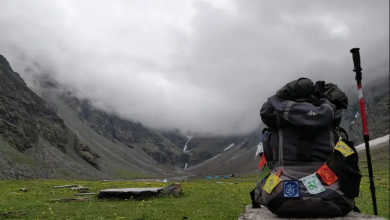Water Shades: The Art of Sustainable Shade Solutions

“Water Shades: The Art of Sustainable Shade Solutions” is a hypothetical book title that suggests a focus on sustainable and environmentally friendly shading solutions, particularly those that involve water-based elements. While this book doesn’t exist in reality as of my last knowledge update in September 2021, I can provide you with an outline of what such a book might cover if it were to be written:
Title: Water Shades: The Art of Sustainable Shade Solutions
Introduction
- Explain the importance of shade solutions in various contexts, from urban design to outdoor recreation.
- Introduce the concept of sustainable shading and its significance in today’s environmentally conscious world.
Chapter 1: Understanding Shade and Its Benefits
- Define shade and its role in creating comfortable and safe environments.
- Discuss the various benefits of shade, including temperature regulation, UV protection, and energy savings.
Chapter 2: The Water Element in Sustainable Shading
- Explore the use of water as a natural and sustainable shading solution.
- Showcase examples of water-based shading systems, such as fountains, water curtains, and aquatic plants.
Chapter 3: Design Principles for Water-Based Shade Solutions
- Discuss the principles of effective shading design, considering factors like location, climate, and user needs.
- Provide case studies of successful water-based shading designs from around the world.
Chapter 4: Sustainable Materials and Technologies
- Highlight eco-friendly materials and technologies used in sustainable shading solutions.
- Discuss innovations in materials like recycled fabrics and solar-powered shading systems.
Chapter 5: Installation and Maintenance
- Provide guidance on the proper installation and maintenance of water-based shading systems.
- Address the long-term sustainability and durability of these solutions.
Chapter 6: Environmental and Energy Benefits
- Examine the positive environmental impacts of sustainable shading solutions, including reduced energy consumption and carbon emissions.
- Quantify the energy and cost savings associated with water-based shading.
Chapter 7: Case Studies
- Present a series of case studies showcasing a variety of water-based shading projects from different regions and applications.
- Highlight the lessons learned and successes achieved in each case.
Chapter 8: Future Trends and Innovations
- Discuss emerging trends and innovations in sustainable shading technology and design.
- Explore the role of artificial intelligence, IoT, and smart shading solutions.
Chapter 9: DIY and Home Applications
- Offer practical advice for homeowners interested in implementing sustainable shading solutions on a smaller scale.
- Include DIY projects and budget-friendly options.
Chapter 10: The Path Forward
- Summarize the key takeaways from the book.
- Encourage readers to embrace sustainable shading solutions in their personal and professional lives.
- Emphasize the importance of continued research and innovation in this field.
Conclusion
- Reiterate the significance of sustainable shading solutions in mitigating climate change and enhancing the quality of life.
- Encourage readers to be ambassadors for sustainable design and advocate for its adoption in their communities.
Appendices
- Provide additional resources, including organizations, websites, and books, for readers interested in further exploration.
- Include glossary and references.
This outline serves as a framework for a book that could delve into the art and science of sustainable shading solutions, with a specific focus on water-based elements. Keep in mind that real-world publications may vary in content and structure, but this outline offers a comprehensive overview of what such a book might cover.




